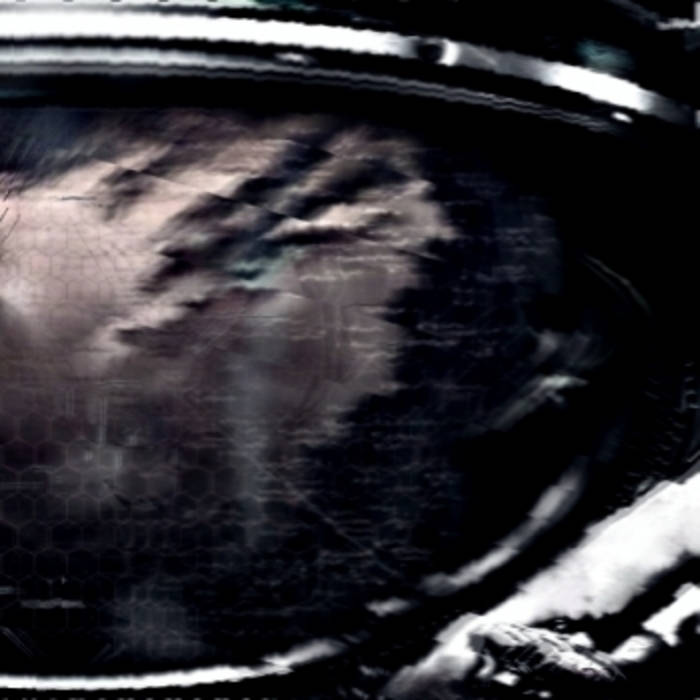

Obviously it won’t be possible to completely match the old arms since there were missing stars and very broken links, but I can get close!Īs it turns out, there are a LOT of stars that are accessible from Sol now. For example, if a world was on the Chinese Arm before then it should still be on the Chinese Arm – preferably around the same star, or one with a similar spectral type. Unfortunately I’ve had to break this rule once, to connect Psi and Lambda Serpentis in Kafer Space – in that case a fictional brown dwarf is required or the Kafers won’t be able to get to Human Space!Ģ) Stay as close as possible to the original Arms. This rule is more flexible beyond about 50ly from Sol, where our data on brown dwarfs is very incomplete compared to the space near Sol – but even then, links across gaps should only be present in exceptional circumstances. Gaps can be bridged, but only with stutterwarp tugs which can travel up to 11.55 ly.

Systems have to be within 7.7ly of the next star on the arm. There are two main rules I’m sticking to for this purpose:ġ) No fictional stars. I’ve also been trying to figure out what the Arms might look like with the new stellar distribution.

Yes, new brown dwarfs may still be discovered close to the Solar System, and perhaps a bunch of more distant new brown dwarf discoveries may be announced as more WISE data is analysed, but I think the space near Sol is reasonably well catalogued now – it’s certainly a lot better than the Gliese 3 data we had when the original 2300AD star map was made! So for now, I’m going to say that my efforts are complete and my 2013 Near Star Catalogue will not be accepting more entries until or unless there’s something really major to add (like another brown dwarf within 10 lightyears). OK, 2300AD fans – you may recall that last year in my 2300AD Near Star Map post I examined how the Arms in 2300AD shaped up when compared to our current knowledge of stellar distribution and discovered that they were actually pretty wrong, with lots of missing stars and broken links.Īlso over the past year I’ve been (slowly) tracking down and compiling Star Catalogues on my Stellar Mapping page so I can figure out where the stars around Sol actually are.īetween the HIPX catalogue, RECONS, DENSE, CTIOPI and a bunch of papers from WISE with new brown dwarf and dim star discoveries (that aren’t on the Stellar Mapping page yet), I think I’m now able to draw a line and ‘close the catalogue’ for now.


 0 kommentar(er)
0 kommentar(er)
